Gender pay gaps are an internationally established measure of women’s position in the economy. The gender pay gap is the difference between women’s and men’s average weekly full-time equivalent earnings, expressed as a percentage of men’s earnings.
Australia’s national gender pay gap is calculated by the Workplace Gender Equality Agency (WGEA) using data from the Australian Bureau of Statistics (ABS).
As of February 2020, the gender pay gap stands at 13.9%, which means that women earn on average $242.90 per week less than men. At November 2019, women’s average weekly ordinary full-time earnings across all industries and occupations was $1,508.50 compared to men’s average weekly ordinary full-time earnings of $1,751.40.
The gender pay gap varies between states and territories, with Western Australia having the widest gender pay gap at 22.1% and the ACT having the smallest at 8.9% as of November 2019.
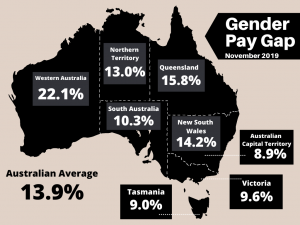
Source: https:abs.gov.au/ausstats/abs@.nsf/mf/6302.0
There are a number of factors contributing to the gender pay gap, including:
- Discrimination and bias in hiring and pay decisions.
- Women and men working in different industries and different jobs, with women-dominated industries and jobs attracting lower wages.
- Women’s disproportionate share of unpaid and caring and domestic work.
- Lack of workplace flexibility to accommodate caring and other responsibilities, especially in senior roles.
- Women’s greater time out of the workforce impacting career progression and opportunities .
- High rates of part-time work for women.
Discrimination and bias in hiring and pay decisions
Unconscious bias and stereotyping come into play at work when managers are determining which employees to hire and how employees should be compensated. Due to gender stereotypes that we tend to hold about typical characteristics of men and women, we tend to hold bias in favour of men. As everything else is equal between a male and female employee, unconscious bias often results in hiring a male employee over a female employee and higher pay for men.
Women and men working in different industries and different jobs, with women-dominated industries and jobs attracting lower wages and high rates of part-time work
Women choose different occupations from men and there are large and persistent differences in the earnings of different occupations. Women tend to work in teaching and caring roles, while men tend to work in trades and crafts that have higher pay.
Women around the world are also more likely than men to work part-time. In January 2019 there were 2,753,600 women working part-time and 1,255,100 men working part-time, a difference of 54%. Women working part-time account for 68.7% of all part-time employment.
In higher management roles, women are under-represented. Women hold only 14.1% of chair positions and 26.8% of directorships. They also represent 17.1% of CEOs and 31.5% of key management personnel.
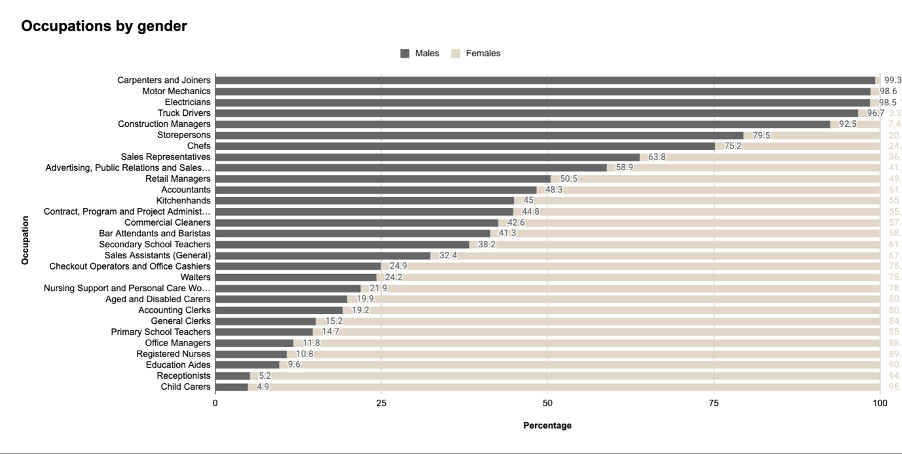
Women’s disproportionate share of unpaid and caring and domestic work
Unpaid care work includes all forms of domestic work, such as cooking, cleaning, washing, gardening and home maintenance. It also includes taking care of children, the elderly or a family member with a long-term health condition or disability as well as voluntary community work.
Around the world, women devote more time to unpaid care work. Data shows that women spend 64.4% of their average weekly working time on unpaid care work compared to 36.1% for men. This means that for every hour Australian men commit to unpaid care work, Australian women commit one hour and 48 minutes.
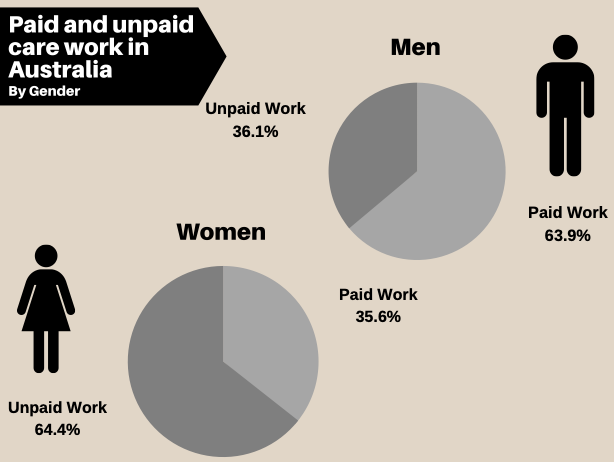
Women’s greater time out of the workforce impacting career progression and opportunities
Women’s labour force participation rate is 61.1% compared to 71.3% for
men.
The average gender pay gap increases to its highest point at 17.7% for the 55 years and over age group as women in this age group are more likely than men to take time off work to care for children. As a result of the extra time women spend in unpaid care work, they have fewer promotion opportunities and are less likely than men to hold highly compensated jobs.
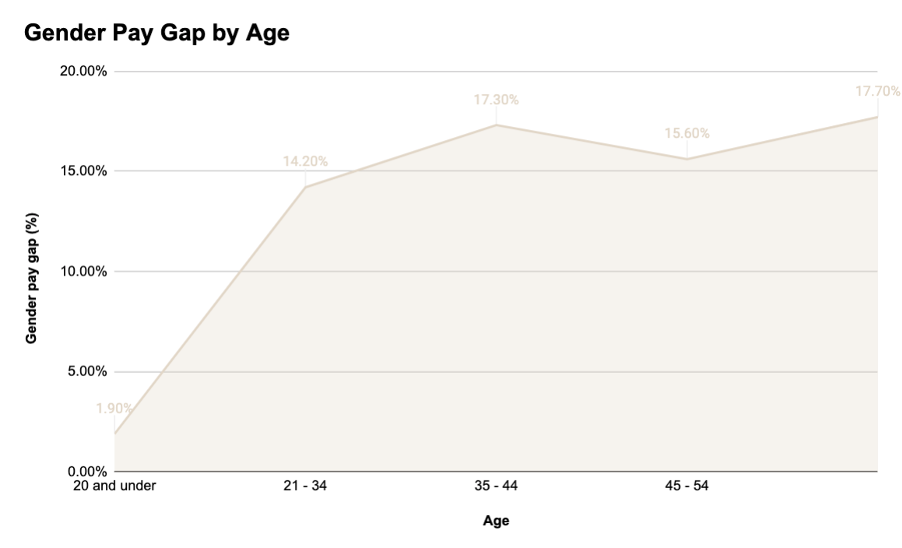
Lack of workplace flexibility to accommodate caring and other responsibilities, especially in senior roles
Flexibility in the workplace is required in order to meet the diverse range of paid work and care needs.
The existing way in which many families attempt to address the lack of balance between paid work and family/carer responsibilities is part-time work for women which not only comes at an economic cost to those women, but ignores the issue of long working hours and entrenches long hours for many men so they can meet their family’s economic needs.
Where the gender pay gap stands today
As of February this year, Australia’s gender pay gap of 13.9% is the lowest it has been in the past two decades.
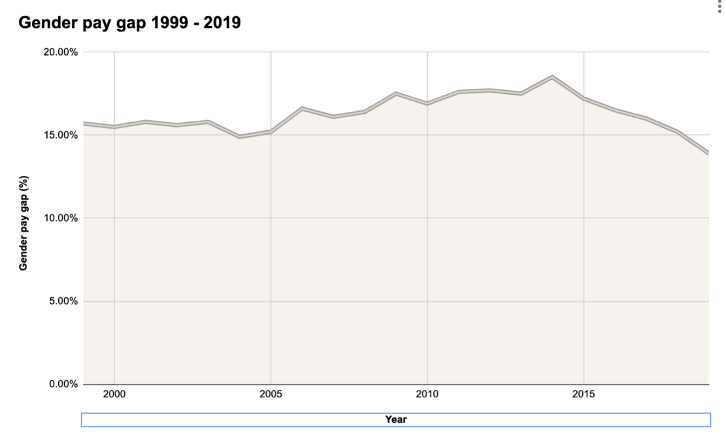
There are numerous strategies that have been put forward by the government, economists and organisations like WEGA, to help to close the gender pay gap that we will continue the conversation on soon.
Important: This content has been prepared without taking account of the objectives, financial situation or needs of any particular individual. It does not constitute formal advice. Consider the appropriateness of the information in regard to your circumstances.




